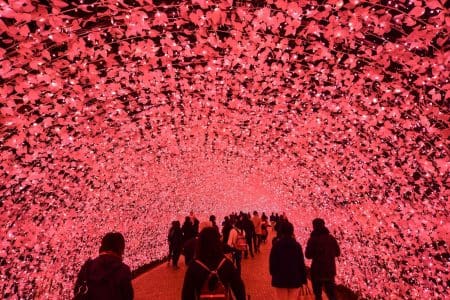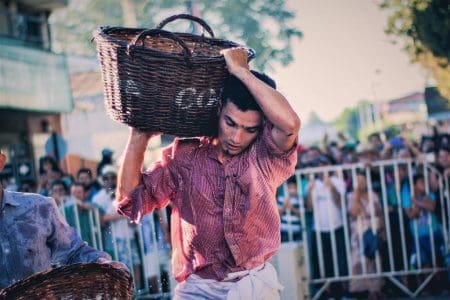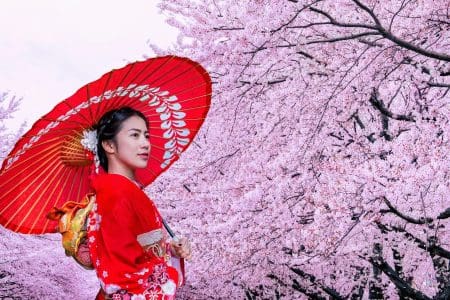
Held in January, along with Hogmanay and St Andrew’s Day, Burns Night is the leading festival in Scotland. However, Burns Night is more widely celebrated across the country than the official national day – St Andrew’s Day – with Burns supper not just celebrated in the Scots Bard’s native Scotland but around the globe.
To learn more about what it is all about, carrying on reading.
What is Burns Night?
The night celebrates the birth of Scotland’s most famous poet and lyricist, Robert Burns, or Rabbie Burns, on 25 January 1759.
The first Robert Burns Night was held at The Mother Club in Greenock in 1802 on 29 January, the date considered to be Robert Burns’ birthday at the time. However, the following year the error was corrected after consulting the parish records.
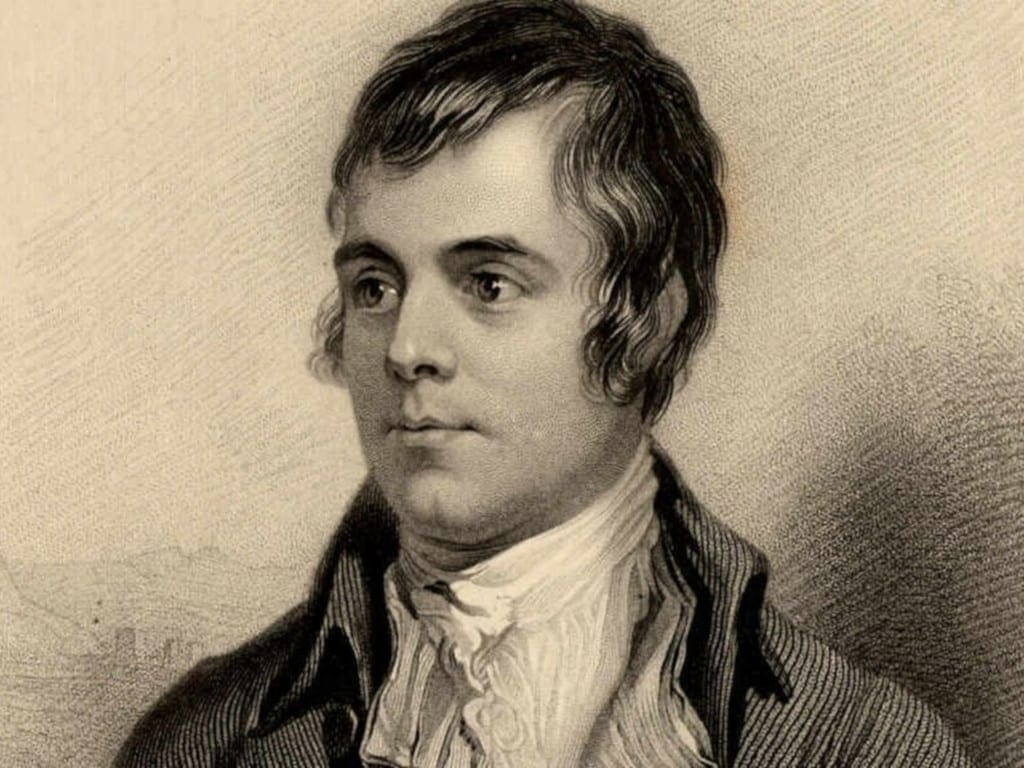
Robert Burns Night Traditions
Burns Night traditions and the supper itself have little changed since the beginning of the 19th century.
It commences with the host welcoming all those assembled, and then reading the Selkirk Grace. This is followed by pipping in the haggis by a piper dressed in a kilt while the host reads Burns’ Address to a Haggis. All assembled make a toast to the haggis, which is served with neeps and tatties.
After the meal, three recitals of Robert Burns’ works are performed, including the Immortal Memory (the main tribute speech to Burns) as well as a Burns Night Toast to the Lassies. The event concludes with a singing of Auld Lang Syne, when everyone joins hands in a general knees up. One recent variation, however, is the introduction of vegetarian haggis for those who don’t want the real sheep’s bladder. A popular Burns Night dessert is cranachan made with made with soft cheese called crowdie, cream and oats.
If you want to create your own night at home the BBC has a very handy page with links to Burns Night recipes.
Robert Burns Facts
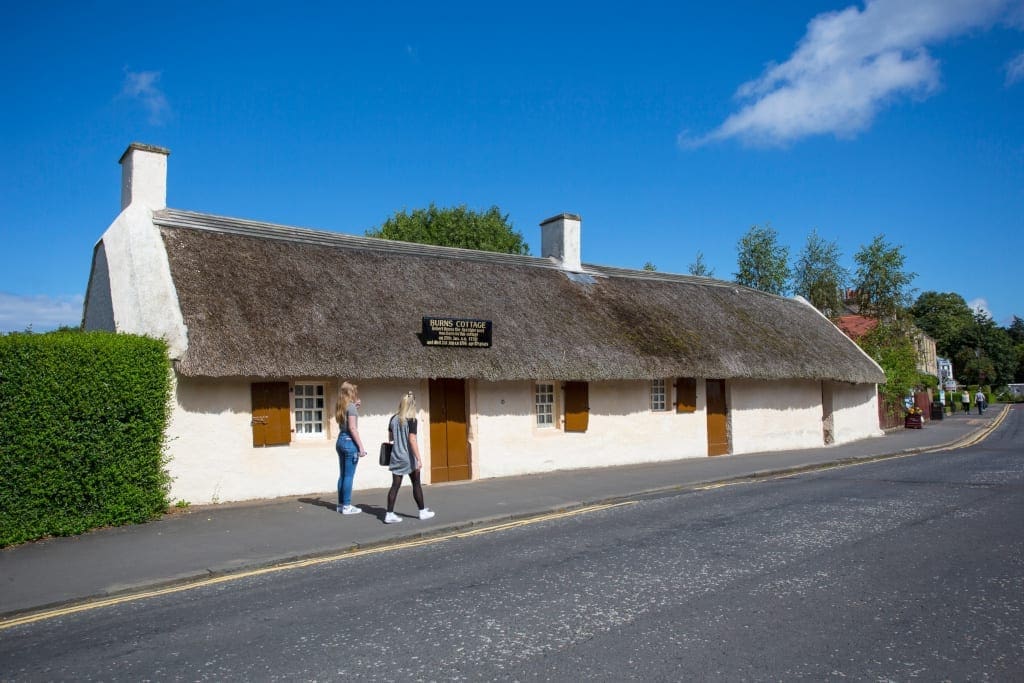
Rabbie Burns was born in Alloway, Ayrshire on 25 January, 1759 and died in Dumfries on 21 July, 1796, aged 37. Burns is seen as a proto-Romantic poet, greatly influencing Wordsworth, Shelley and Coleridge, amongst others. His poems were written in Scottish or English with a Scottish dialect, and themes revolved around Republicanism and Radicalism.
His most famous work was Auld Lang Syne, which is sung during Hogmanay, as well as on Burns Night, although other Burns poems include A Red, Red Rose, To A Mouse and Tam o’ Shanter. For many years Scots Wha Hae was the unofficial Scottish anthem.
The house in which the poet was born is now preserved as the Burns Cottage, or Robert Burns Birthplace Museum, and his final home in Dumfries is now the Robert Burns House, on Burns Street.
In 2009, Robert Burns was voted as the Greatest Scot by the Scottish public, beating William Wallace into second place. A bust of his can be found at Stirling in the Hall of Heroes of the National Wallace Monument.
For more inspiration follow mark Bibby Jackson on his Road Trip through Ayrshire, Dumfries and Galloway – Travel Begins at 40.
When is Burns Night 2026?
The official night is on 25 January, although you will find Burns Supper feasts on the days preceding and following.
Burns Night Poem
The words to the Address to a Haggis can be found here. But just to get you in the mood, here is the opening verse:
Fair fa’ your honest, sonsie face,
Great chieftain o’ the puddin’-race!
Aboon them a’ ye tak yer place,
Painch, tripe, or thairm:
Weel are ye wordy o’ a grace
As lang’s my airm.
Up Helly Aa
Although nothing to do with Rabbie Burns, the Shetland Islands host one of Scotland’s most dramatic festivals in January. If watching marauding Vikings parading through a town before burning boats is your thing, then make sure you head to Lerwick, Shetland on the last Tuesday in January for Up Helly Aa.
More information on Robert Burns
Visit www.visitscotland.com/burns
For more information on Things to Do in Scotland
Visit: www.visitscotland.com

